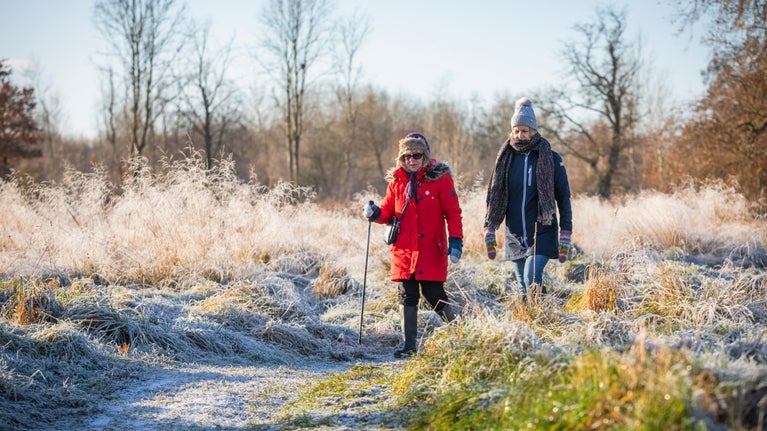
Explore countryside and woodland
Get closer to nature and explore hundreds of outdoor places. We've got miles of hillsides and woodland waiting to be discovered.

There are three main species of hare in the UK – brown, mountain and Irish. Early spring is the best time to spot these shy animals, as they can be seen 'boxing' each other during the mating season. Look out for them in our top pick of places below.



Get closer to nature and explore hundreds of outdoor places. We've got miles of hillsides and woodland waiting to be discovered.

Find out about the best places across England, Wales and Northern Ireland to see the elusive red squirrel. Autumn is a great time to spot them as they're busy gathering food ahead of winter.

Find out how to spot red squirrels, the best times to see them and how to tell them apart from grey squirrels.

Find out more about the best places where you can see otters in the wild, including Hampshire, Pembrokeshire and Cornwall.

Discover how to identify burrows, food, footprints and latrines, and how to tell the difference between water voles and brown rats, even when they're swimming.

Barn owls are instantly recognisable from their heart-shaped faces and distinctive feathers. Learn where they prefer to hunt and nest, and the kinds of habitats they use at the places in our care.